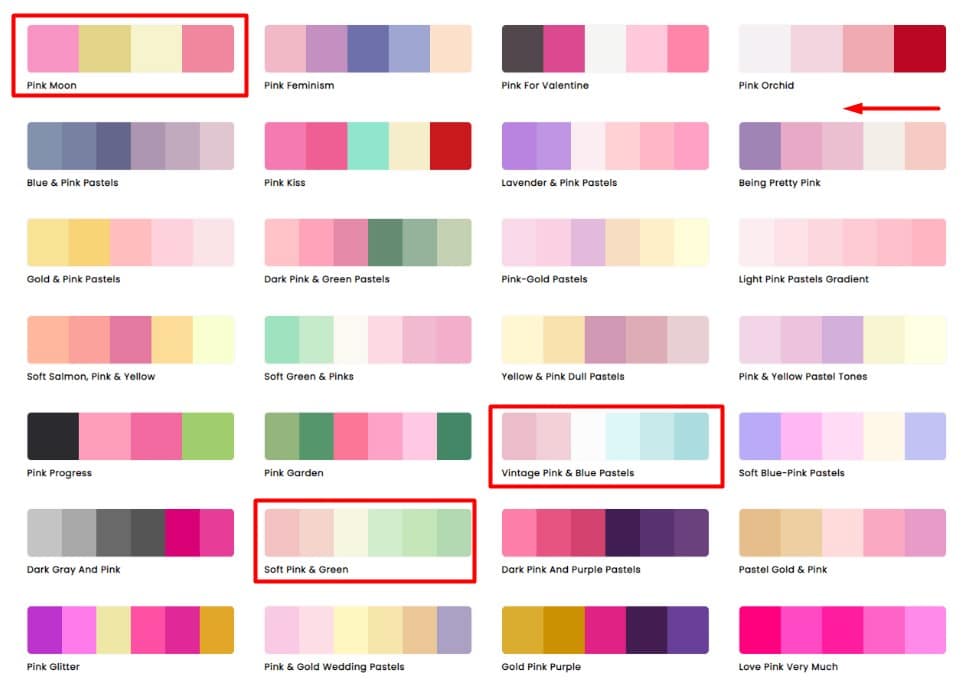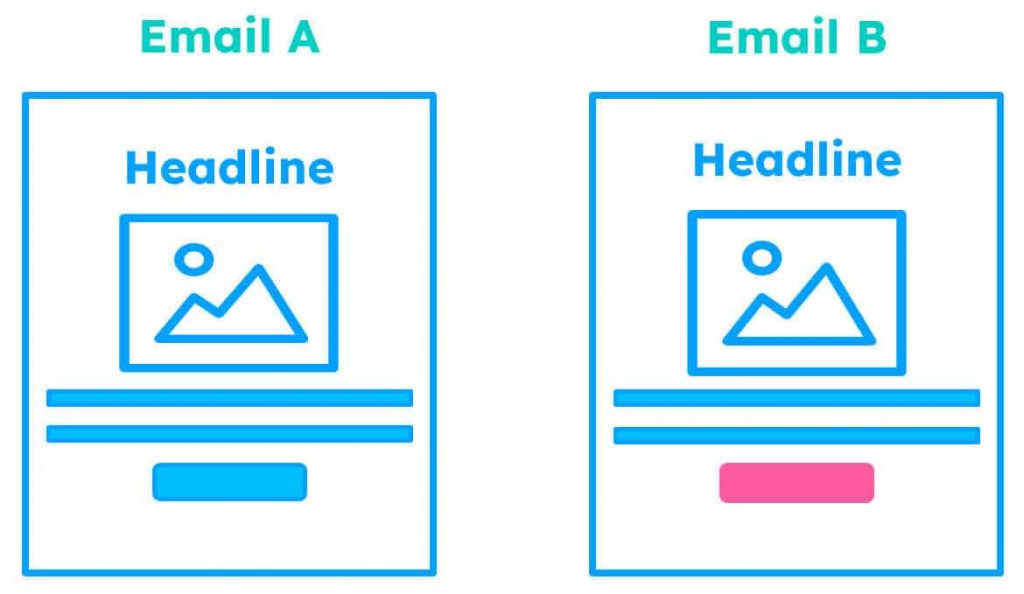
Do you want to maximize conversions on your website?
A/B testing is an effective way to test different variations of your web pages and optimize them for higher conversion rates.
In this article, we will discuss seven essential A/B testing techniques that can help you increase conversions and achieve better results.
We will also provide tips on how to analyze the results and best practices for successful tests.
So, let’s dive in!
Key Takeaways
- Performance comparison between variations and control group
- Randomly assign users to control and test groups
- Test one variable at a time
- Collect sufficient data and determine statistical significance
Table of Contents
Introduction to A/B testing:
A/B testing is a great way to compare two versions of a webpage or app to figure out which one performs better. It divides the audience into two groups and reveals different variations of the page or app to each group.

Performance data, such as user segmentation, relevancy optimization, split testing, data tracking, and statistical significance are then tracked and analyzed to decide which version works best.
This method is incredibly useful for businesses looking to improve their conversions by understanding how users interact with their products. A/B testing allows them to make informed decisions on what changes should be made and ultimately optimize their products for the best possible performance.
Understanding the importance of test variations
Understanding the importance of test variations is critical for optimizing user experience and achieving desired conversion rates. By segmenting audiences, setting benchmarks, and ensuring data accuracy, companies can effectively determine which changes generate the most favorable results.
Additionally, sample size and test duration are essential when considering test variation success; large samples provide more reliable outcomes while longer tests allow for complete assessment of changes.
A/B testing allows for a systematic approach to improving user experience and increasing conversions based on precise measurements of customer behavior.
Traditional A/B testing approach
By sending one set of users to two different content, you can compare user behavior and conversion metrics to determine which version performs better.
Using A/B testing techniques allows you to modify content, set goals, determine a testing duration, and collect data while tracking metrics.

This approach ensures that any changes made are statistically significant and not simply due to chance. It also helps create an environment for experimentation in order to optimize your website’s performance.
Here are 4 key components of traditional A/B testing:
- Modifying content
- Setting goals
- Determining a testing duration
- Collecting data and tracking metrics
Using this method helps ensure that any changes made will have positive results and increase conversions on your site.
Test variation 1: Changing the color scheme
Try out different color schemes to see which attracts best with your audience and helps create the desired emotions. Adding personalization, shortening content, reducing friction, alternative copy, and splitting tests are all great elements to consider when A/B testing a color scheme. From the paper Chromatic Scales on Our Eyes, Color can increase arousal, leading to stronger trust and increased conversions.

By carefully analyzing user data and feedback, you can get an understanding of how certain colors affect user engagement. Test variations like lighter or darker tones, and contrasting colors that stand out or blend in seamlessly with the rest of the page.
Once you’ve identified which variation performs better, you can continue to tweak it for further optimization. Keep in mind that conversion rates should be tracked over time as users may respond differently depending on the context.
Test variation 2: Modifying the headline
Tweak your headline to see how it resonates with users and impacts engagement. A/B testing is a simple way to test variations of the headline on a testing platform.

Split testing enables you to compare different versions of the headline and decide which one gets more user interaction. You can use copywriting techniques like creating an attention-grabbing title or rephrasing content for maximum impact.
Collect user feedback from the target audience to gauge the effectiveness and improve conversions. Try experimenting with various headlines until you find the one that works best for your website or app.
Test variation 3: Adjusting the call-to-action button
Adjust the call-to-action button to see how it impacts click-throughs and boosts engagement. Split testing is the process of comparing two versions of a button to measure which variation results in higher conversion rates.
Start with small changes such as size, color, or wording and test out different combinations. Randomized samples are used to ensure that each version has an equal chance of being tested.
Testing frequency is also important; run tests often enough to get significant data but not too often as it can lead to inaccurate results due to sample fatigue. The larger the sample size, the more accurate the result will be.
With enough testing, you should be able to find the right combination that will increase conversions for your call-to-action button.
Test variation 4: Altering the layout
Experiment with different landing page layouts to see which one works best for your website or app. Layout can have a significant impact on user navigation and engagement, so it’s important to find the ideal structure for your website or app.
Try out variations that feature matching content, carefully placed call-to-action buttons, clear user flow, organized feature lists, and an appropriate order of content.
A/B testing these layout changes will help you identify the most effective design for your website or app.
Test variation 5: Adding or removing images
Try adding or removing images to your website or app to see how it affects user engagement. Adding Images can be a powerful tool for increased conversions, but they must be used strategically.
Here are some elements to consider when testing variations:
- Adding visuals: Consider the type of images you use (stock photos, relevant visuals, etc.), as well as the format and size.
- Fewer images: Try removing superfluous visuals that are not directly related to your product/service; fewer images can often increase engagement.
- Relevant images: Use appropriate imagery that is in line with the message of your website/app.
- Stock photos: Balance stock photography with custom visuals – too many stock photos can give a generic feel.
- Image format: Optimize image formats for faster loading speeds and lower bandwidth usage. Experiment with different types of file formats such as JPEG, PNG, and SVG while running A/B tests on image variations.
Test variation 6: Changing the font style
Changing the font style of a webpage or app can have a big impact on user engagement. A/B testing different font styles can help you identify which one is most appealing and legible to your audience.
Test variations such as font size, weight, type, contrast, and consistency to find out which ones result in higher conversions. Make sure to test multiple variations for each font style and use data-driven results to inform your decisions.
By doing this, you will be able to optimize your website or app for maximum user engagement and increase conversions.
Test variation 7: Testing different pricing strategies
See how different pricing strategies can affect your customer’s purchase behavior and conversion rates.
A/B testing is an effective way to compare two or more pricing models so you can understand which one will be most successful in driving conversions.
By testing variations, such as discounts, bundling, tiered pricing, and subscription plans, you can optimize your revenue and create a competitive advantage within the market.
With careful analysis of data from each test variation, you can understand which pricing strategy works best with your target audience.
Testing multiple pricing models also allows for improved optimization techniques that maximize profits while maintaining customer satisfaction.
Keep in mind that even small changes in pricing models may have a big impact on conversion rates and overall profits.
Analyzing and interpreting A/B test results
Now that you are familiar with testing different pricing strategies in an A/B test, let’s turn to analyzing and interpreting the results. In order to make sense of the data collected from running a test, it is important to evaluate the results and identify any areas for improvement. This can be done by freezing the results for analysis, segmenting audiences, and evaluating conversion rates.
| Analyzing Data | Freezing Results | Segmenting Audiences |
|---|---|---|
| Check for statistical significance | Pause test after reaching desired sample size | Group users based on their behaviors or characteristics |
| Look for patterns among different groups of users | Increase confidence level of result accuracy | Create user segments based on demographics or interests |
| Compare performance between variations & control group | Remove bias in testing by keeping same duration across all variations |
Best practices for conducting successful A/B tests
For successful A/B tests, it’s important to follow best practices.

Managing expectations, measuring success, and iterative testing are key components for data accuracy and content optimization.
To ensure unbiased results, randomly assign users to control and test groups. Also, only test one variable at a time to isolate the impact of each change.
Collect sufficient data and determine statistical significance before drawing conclusions; then continuously optimize based on test results and user feedback.
Doing so will help increase conversions from A/B testing techniques.
Conclusion
You’ve come to the end of your A/B testing journey.
You’ve explored seven different test variations that can help you increase conversions and analyzed the results from your tests.
Now, it’s time to take a step back and reflect on what you learned.
As your tests have shown, there is no one-size-fits-all solution when it comes to optimizing conversions; instead, like a jigsaw puzzle, each piece plays an important role in creating the bigger picture.
With these insights in hand, you can confidently move forward with confidence in achieving your desired goals.